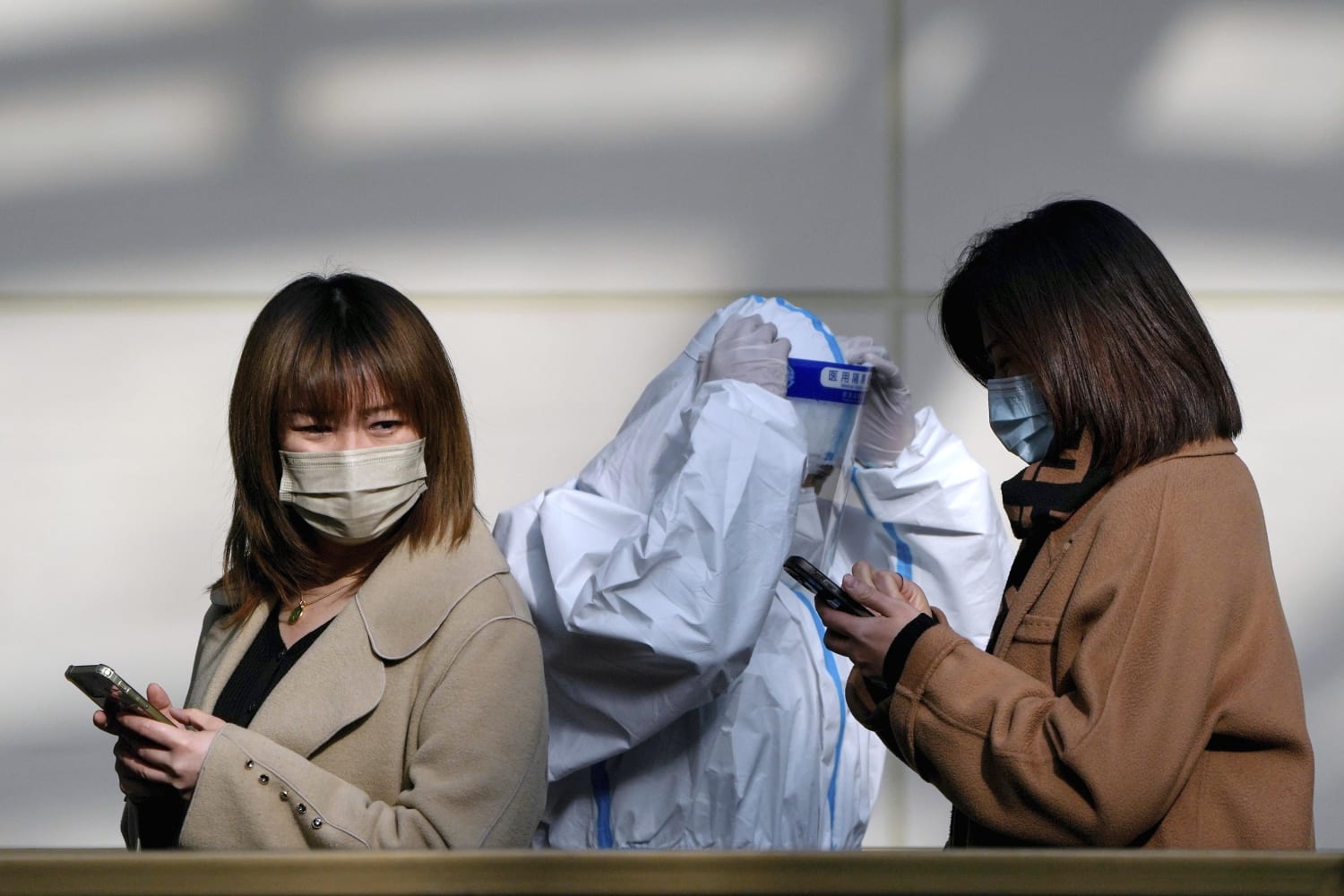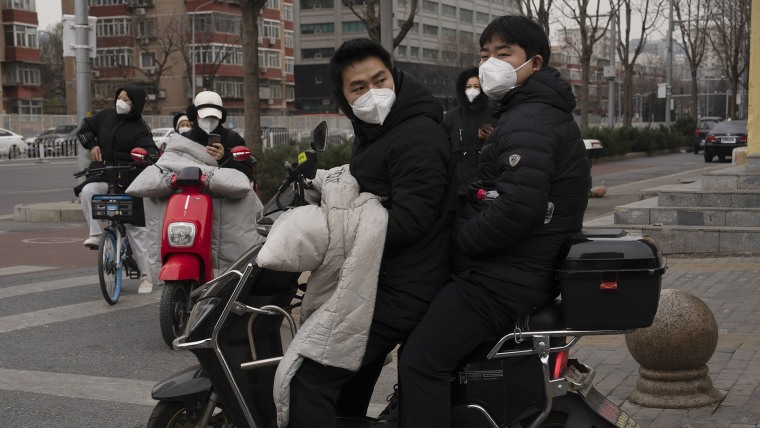Though it is uncertain whether the campaign was directly conducted or sponsored by the Chinese government, Wright said it was hard to imagine who else would be able to conduct such a large-scale campaign.
Liu Pengyu, spokesperson for the Chinese Embassy in Washington, denied the allegation, saying it “has no factual basis.”
“Some U.S. officials, members of Congress, media and institutions have been seeding and spreading a large amount of disinformation against China without producing any evidence,” he said in an email on Monday.
Other researchers have also tracked the spam campaign. Kenton Thibaut, a resident fellow at the Atlantic Council’s Digital Forensic Lab who focuses on China, said the campaign was particularly noticeable as it seemed Twitter’s ability to counter it had been hampered by recent layoffs under new owner Elon Musk. The layoffs were especially severe in teams responsible for content moderation and fighting misinformation.
Such spam campaigns, which have also been observed in relation to political events in countries like Russia and Syria and were once viewed as an advanced form of digital propaganda, are now considered relatively unsophisticated.
Before Musk’s layoffs at Twitter, “this kind of stuff could be handled pretty quickly and the information environment could be a little bit clearer for true information,” Thibaut said. “But because of that it’s really allowed this kind of stuff to come in and muddy the waters.”
Chinese authorities say their “zero-Covid” controls are necessary to save lives in an undervaccinated population that has barely been exposed to the virus three years into the pandemic. But they have moved to ease some restrictions after tamping down the protests, which were the biggest show of public unrest the country has seen in decades.
Videos of the protests quickly spread on Chinese social media, with online censors struggling to keep up. Many of them also made their way onto Twitter and other social media platforms like Facebook and Instagram, all of which are blocked in China but some Chinese users access via virtual private networks.
There are no firm numbers on the scope of the spam campaign, but Wright said she has observed thousands of Twitter posts an hour in some cases. This type of flooding under popular hashtags makes it more difficult for journalists and Chinese living abroad to learn about the public dissent, she added.
“If an audience is going onto a social media platform to search for what’s happening in Beijing, or what’s happening in China, they’re not looking for this kind of content, so they’re more likely to scroll through and avoid that content,” Wright said. “So essentially, it can be very effective as a method for driving out the truth, the real videos, and the real content about the protests.”
Source: | This article originally belongs to Nbcnews.com











